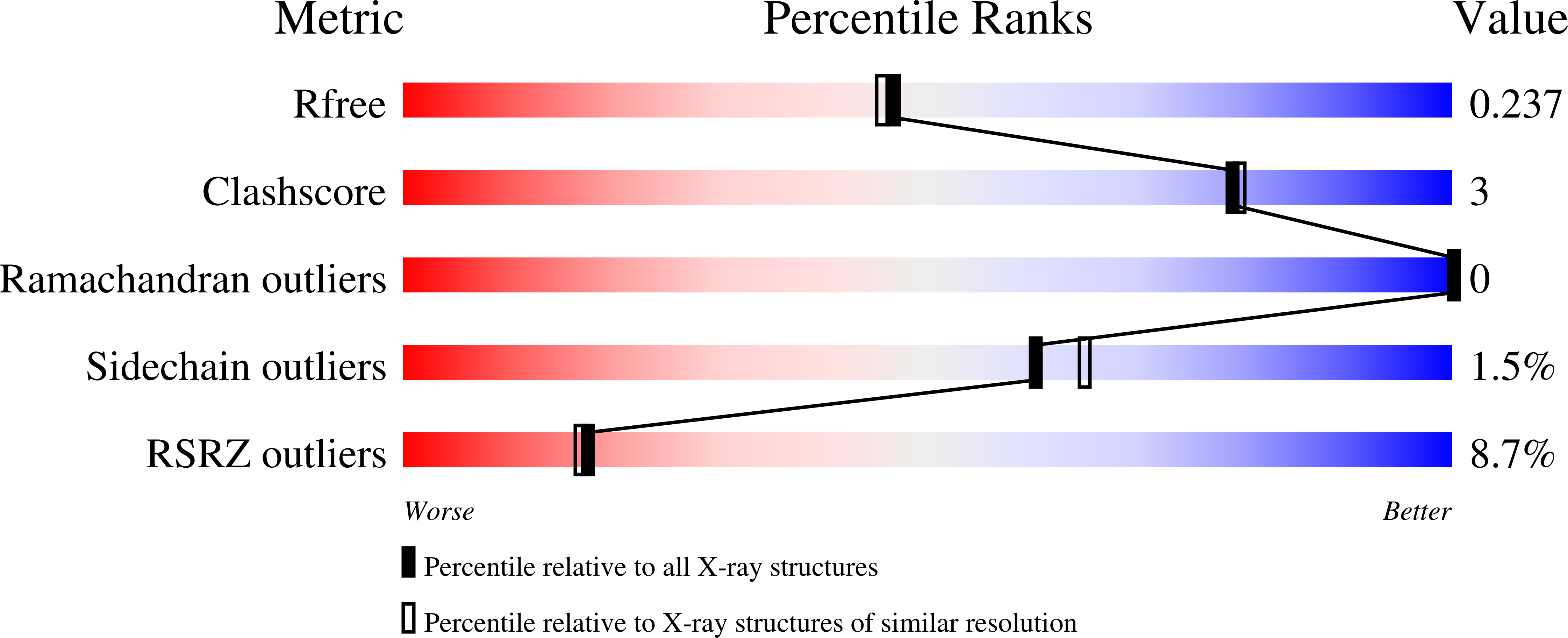
Deposition Date
2024-02-25
Release Date
2024-12-11
Last Version Date
2025-07-09
Entry Detail
PDB ID:
9ASG
Keywords:
Title:
Crystal structure of HLA-A*03:01 in complex with a mutant PIK3CA peptide analogue (Trp-6 Bta)
Biological Source:
Source Organism:
Homo sapiens (Taxon ID: 9606)
Host Organism:
Method Details:
Experimental Method:
Resolution:
2.03 Å
R-Value Free:
0.23
R-Value Work:
0.20
R-Value Observed:
0.20
Space Group:
P 6 2 2


